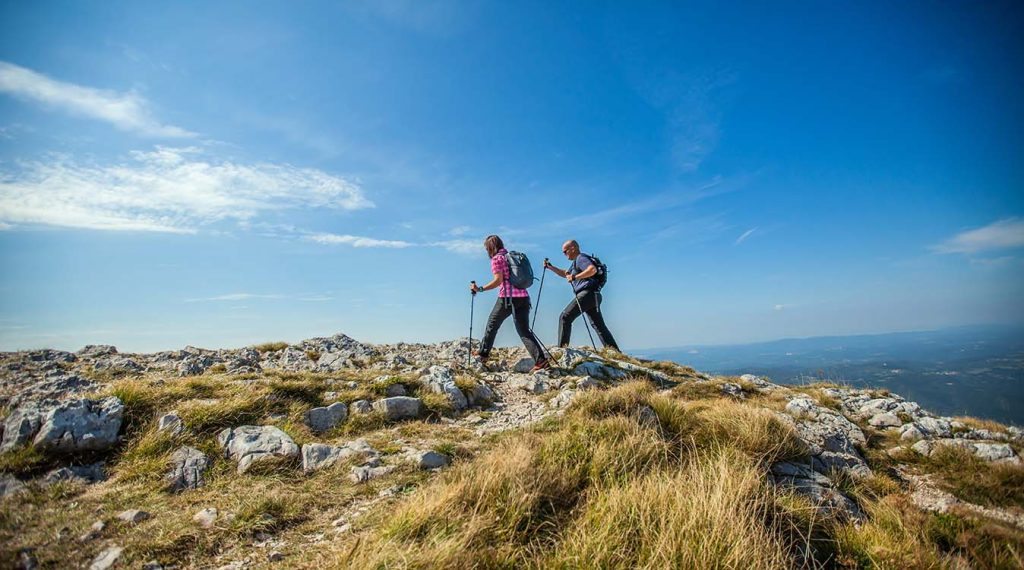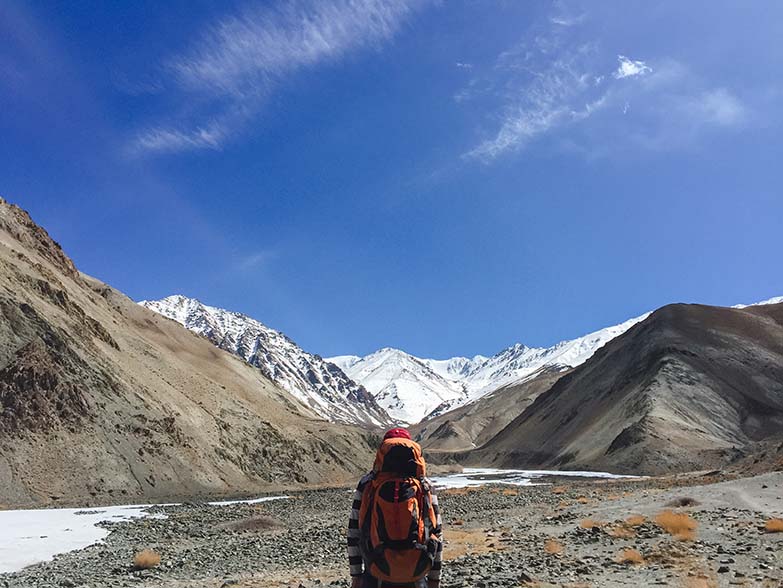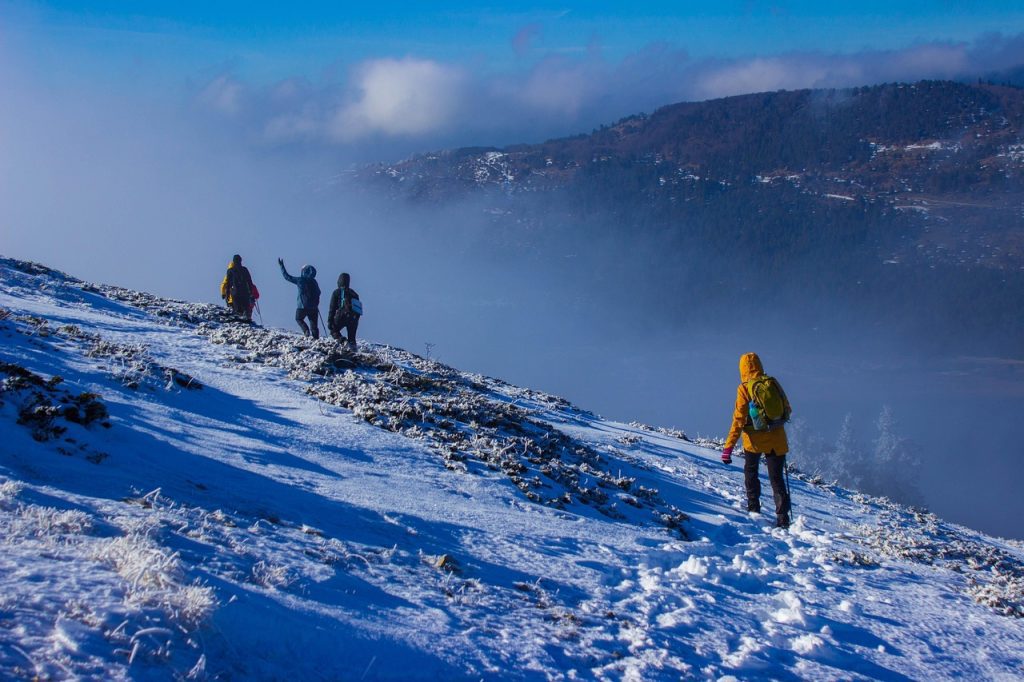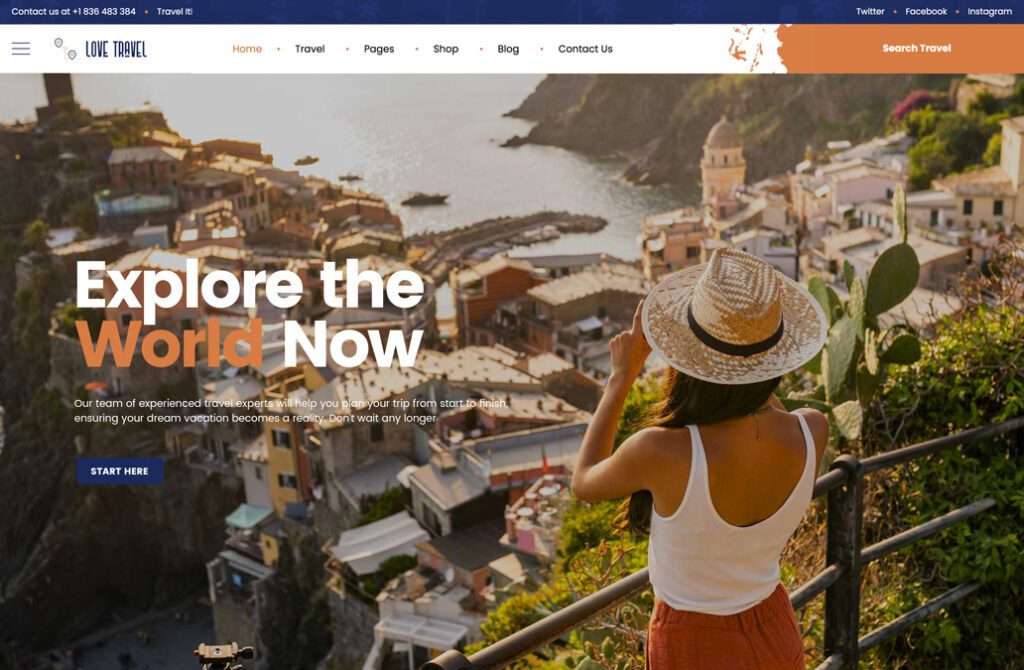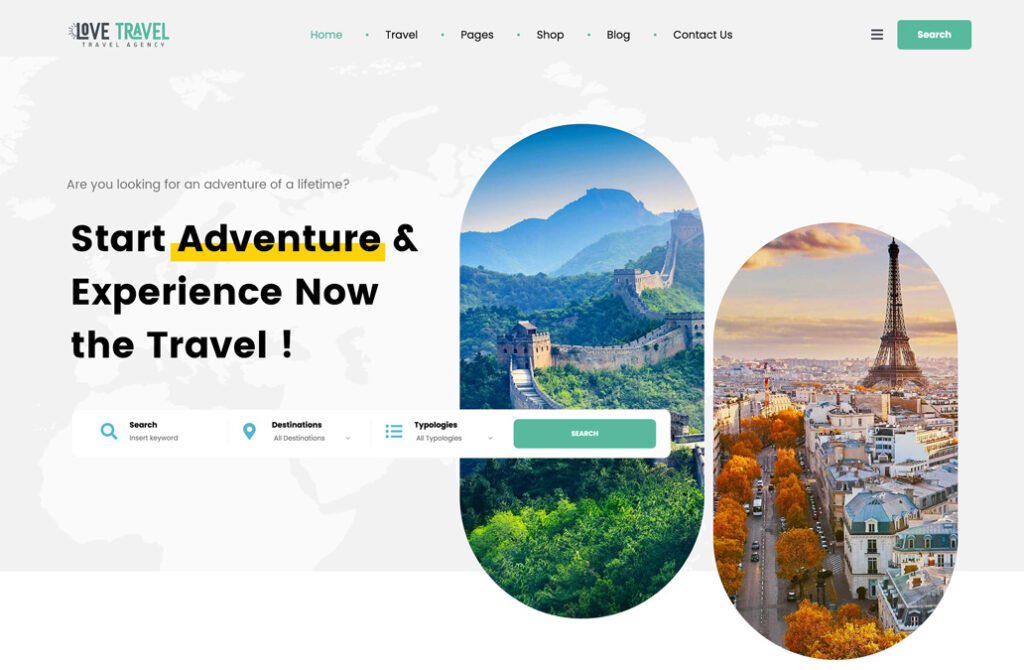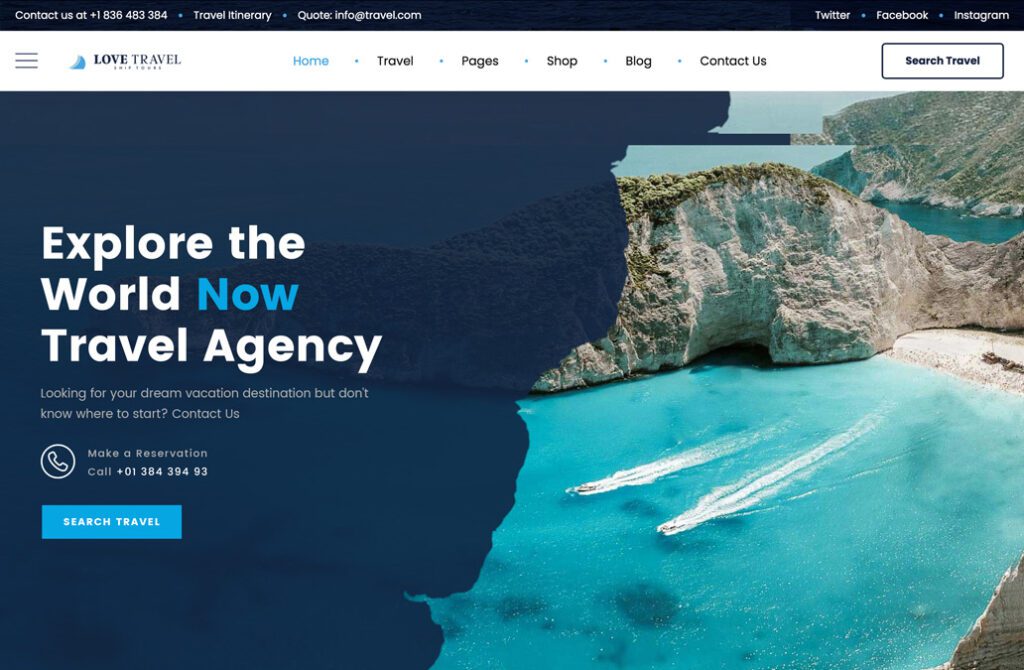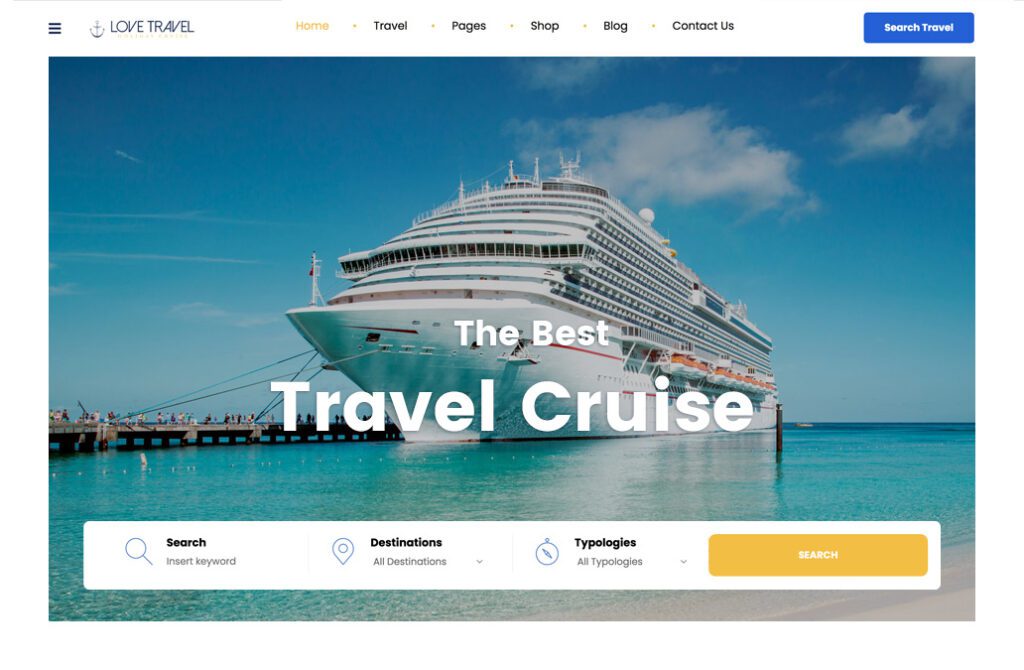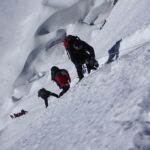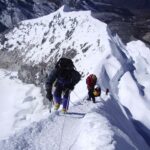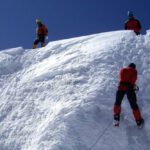Trekking in the Himalayas is an incredible trip, with breathtaking peaks, different landscapes, and a rich culture that provide an experience unlike any other. However, trekking in remote and rugged areas, such as Nepal, can create difficulties that necessitate skilled navigation. Here’s where a guide comes in. While some trekkers prefer to go alone, having a professional trekking guide with you can make a huge difference in terms of safety, efficiency, and a really immersive experience. In this blog, we’ll look at why hiring a guide is one of the best decisions you can make for your trip.
1. Safety First – Navigating Challenging Terrain
One of the most important reasons to hiring a guide is safety. The hilly topography of locations such as the Annapurna Circuit, Everest Base Camp, and Manaslu Circuit can be difficult and potentially dangerous for trekkers who are inexperienced with the area. A guide is familiar with the trail and can assist you avoid common hazards like unstable paths, rockfalls, and hidden perils.
Furthermore, altitude sickness is a major issue when walking at high elevations. A guide is trained to recognize signs and can take prompt action to assist you change your pace, stay hydrated, and recommend rest for acclimatization. They will know how to manage emergencies and can help with evacuation if something goes wrong.
2. A Guide is Mandatory for Some Treks in Nepal
Certain treks in Nepal require the use of a qualified guide due to safety, remoteness, and restricted area laws. Treks such as the Manaslu Circuit, Upper Mustang, Upper Dolpo, Tsum Valley, Kanchenjunga Base Camp, and Nar Phu Valley are restricted zones where solo trekking is not permitted. These locations are either near international borders or culturally sensitive, thus the government needs trekkers to be accompanied by a registered guide and get special permits—often through authorized trekking agencies. In such isolated areas, routes can be complicated, and emergencies such as altitude sickness or natural disasters are common, making a guide vital for navigation and safety.
Guides also manage logistics, assist with communication in local languages, and provide cultural insights to enhance the hiking experience. Even in major destinations such as Everest, Annapurna, and Langtang, where guides are not required, they are strongly advised for a safer, smoother, and more memorable tour while also benefiting the local economies.
3. Expert Knowledge – Learn About the Region’s Culture and Nature
A trekking guide is more than just a guide to help you traverse the trail; they are also a window into the local culture and natural beauty. They may offer their extensive knowledge of the place, including its history, traditions, and biodiversity. Whether discussing the significance of a local monastery, pointing out unusual species, or sharing local folklore, a guide enriches your experience well beyond what you might learn on your own.
For example, hiking guides in Everest, Annapurna, and Langtang are frequently members of the local communities, which means they may provide unique insights into the area’s culture and traditions. This allows hikers to interact with locals and enjoy genuine Nepalese hospitality.
4. Efficient and Stress-Free Trekking Experience
Navigating unfamiliar paths may be difficult and time-consuming, especially when language hurdles exist and infrastructure is limited. Hiring a guide eliminates these anxieties, allowing you to focus exclusively on the journey.
With a guide, you won’t have to worry about getting lost, organizing logistics, or looking for someplace to stay. They will handle route planning, lodging reservations, and meal arrangements, ensuring that your trek is well-organized and enjoyable. This means you can focus on the breathtaking scenery and enjoy the walk without the normal worries of navigating or dealing with unexpected problems.
5. Local Insights and Support – Language and Communication
Language barriers can be problematic in remote hiking areas, particularly in Nepal. A local guide who speaks the language can assist hikers connect with the local community. This is very important when you need help in villages, order food, or simply ask for directions.
A guide can also help ensure that you respect local customs and cultural standards, as they are familiar with the area’s traditions and practices. This makes encounters with locals more meaningful and polite, improving the whole trekking experience.
6. Personalized Experience – Tailored to Your Pace and Preferences
One of the distinct advantages of hiring a guide is the option to tailor the journey to your fitness level, hobbies, and preferences. Whether you’re a novice or a seasoned trekker, a guide will assess your abilities and tailor the itinerary accordingly.
Perhaps you prefer shorter trekking days to properly acclimatize or want to spend more time exploring local attractions; your guide can tailor the trip to your preferences. If you enjoy photography or trying local cuisine, a guide will know the ideal places to capture the scenery or savor the region’s delicacies.
7. A Sense of Security and Comfort
Finally, having a guide provides peace of mind. The assurance that you have an experienced professional on your side, ready to assist in any emergency, is invaluable. A guide ensures that your hike is as comfortable and stress-free as possible, from the beginning to the end.
A guide adds an extra degree of protection by aiding with your gear, ensuring you don’t miss your daily meals, and keeping you at a safe height.
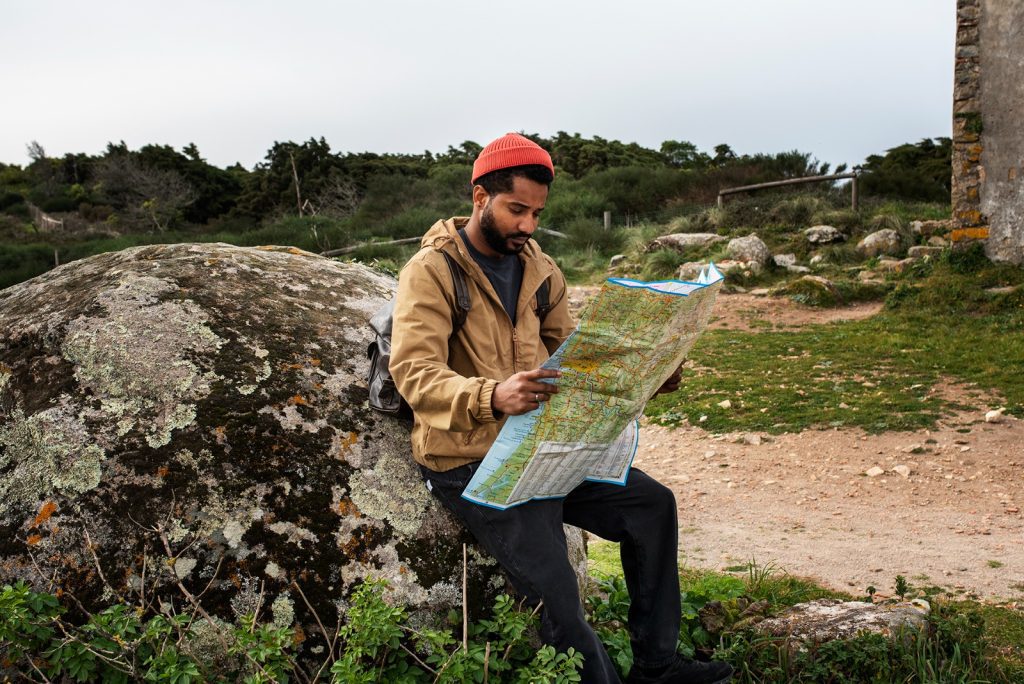
Conclusion – A Trekking Experience You’ll Never Forget
While trekking alone may appeal to some travelers, having a guide at your side offers numerous benefits that extend beyond simple navigation. A guide adds great value to your trekking experience by assuring your safety and health while also providing cultural insights. They make your experience more fun, educational, and, most importantly, safe.
If you want to make the most of your trekking trip in the Himalayas or any other harsh region, hiring a professional guide is a wise idea. They’re more than simply navigators; they’re storytellers, defenders, and companions on one of the most exciting experiences of your life.
Read More: Manaslu Circuit Trek – A Less Crowded Yet Stunning Adventure

